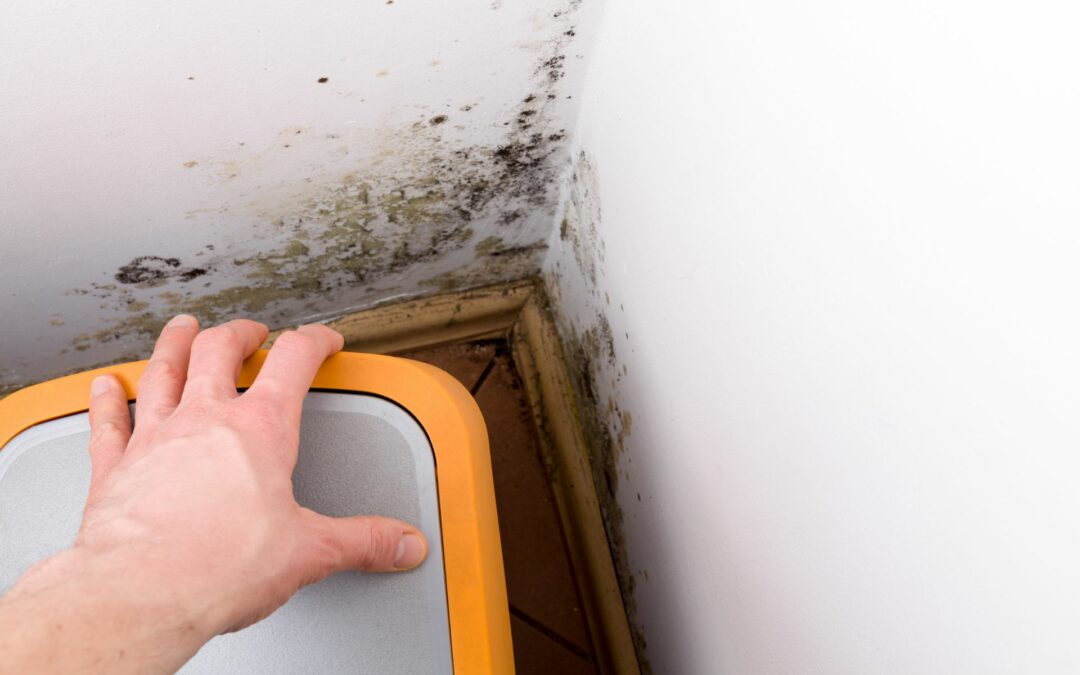Is a funky, damp smell pervading your home? Do you find yourself feeling sick these days? Have there been odd-looking spots or stains appearing in parts of your house? If you said yes to any of these, you might have mold growing in your home. You may be asking, “How can I be sure it’s mold?” The good news is that there are many kinds of home mold testing kits available that will tell you if you have a mold infestation. However, there is not just one uniform way to test your home for mold. Here are the four types of in-home mold tests to choose from that will tell you if you have mold.
Surface Sampling
If you Google search “home mold test kits,” you will likely see surface sampling mold tests populate a few of your results. Surface sampling mold tests are performed in a variety of ways, but two of the most common methods of surface sampling are swabbing and taping. Swabbing is used to obtain mold samples in spots that are difficult to reach with a cotton swab and place them on a Petri dish that is then sent to a lab for analysis. Tape sampling consists of taking a clear piece of tape and capturing the sample with the adhesive side and sending that tape (unfolded) for lab analysis. In cases where you suspect there might be mold on a piece of furniture or drywall, you will send a bulk sample, which involves removing one to two square inches of the piece to send to a lab. Surface sampling is most useful when you see something that you think might be mold. However, you may still have mold in your home even if you can’t see it. In such cases, these next kinds of in-home mold tests are recommended.

Air Sampling
Air sampling is the next kind of in-home mold test you will likely find in a Google search. Aside from Petri dishes, cassette samplers and air pumps are commonly used tools for collecting these samples. The two methods of air sampling for mold are cultured air sampling and spore trap air sampling. The first type of air sampling can be used to help identify the specific mold species, while the second is used to determine the source of the mold growth. If you are especially concerned with the pervasiveness of mold in the air of your home, an in-home test kit that utilizes air sampling is your ideal option.
Dust Sampling
Dust sampling is considered the most user-friendly form of in-home testing for mold. It comes in handy if you intend to test for mold in places such as ceiling fans or air ducts. These samples are collected using a vacuum canister or dust cloth. This method is also known as an ERMI (Environmental Relative Moldiness Index) test and can even determine the extent of moldiness in a particular area of your home in addition to what kind of mold is present. If you want to know what kind of mold is present and how widespread it is in your home, then dust sampling will yield the most accurate results.
Your Next Steps
We hope that this overview of the different types of in-home mold tests was helpful for figuring out what kind of mold test to conduct in your home. Once you have received the results of your mold test, we here at ASAP Restoration are here to provide you with mold remediation services. If you still want to know more about which mold test you should conduct first, we are also more than happy to provide additional guidance. Whether it’s further questions about mold testing or you have your results and need mold remediation, contact us today so we can make your home mold free.

